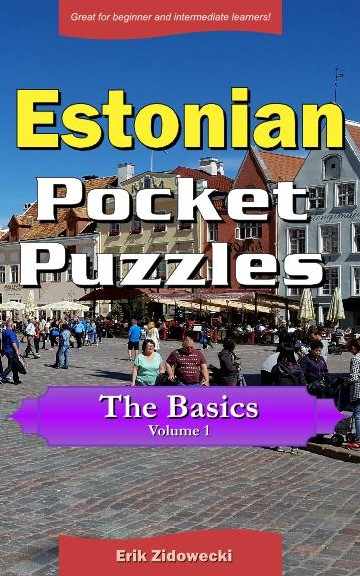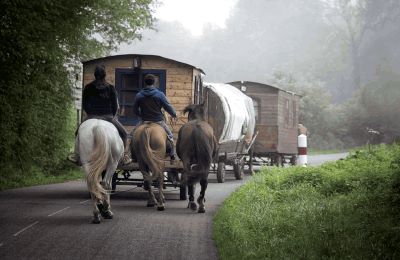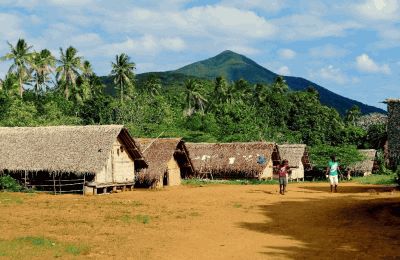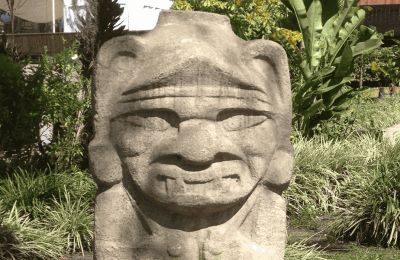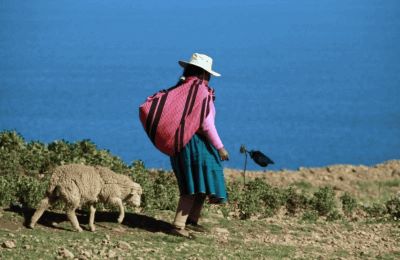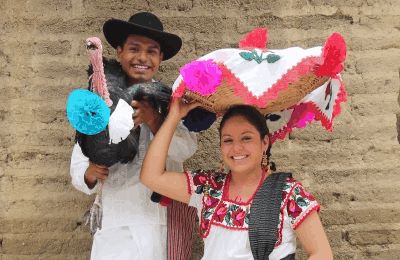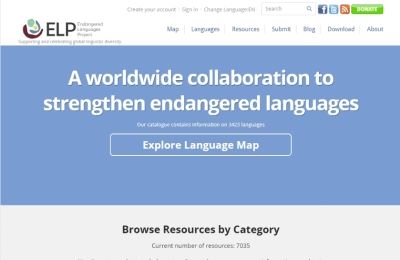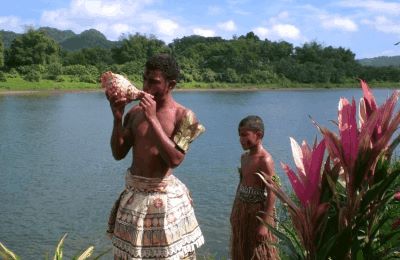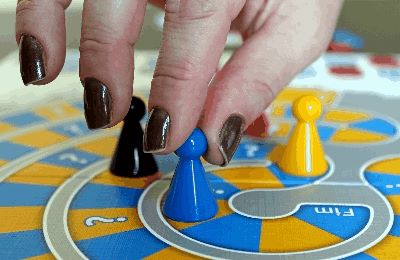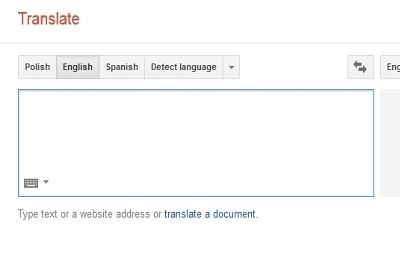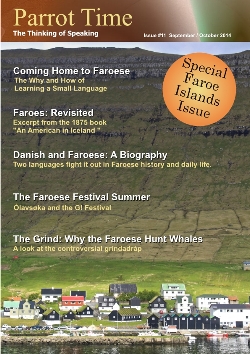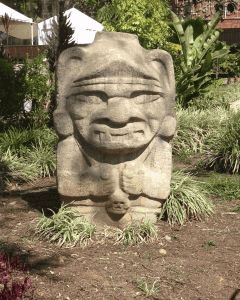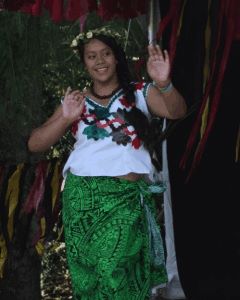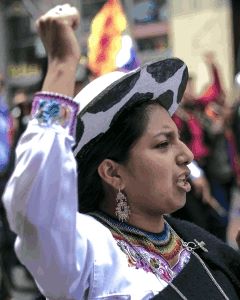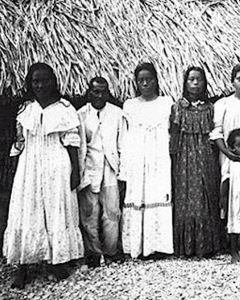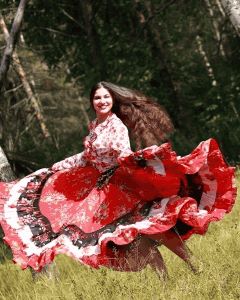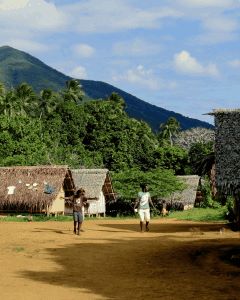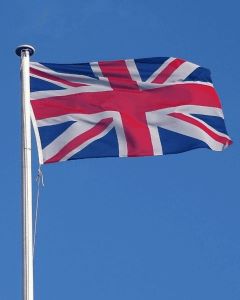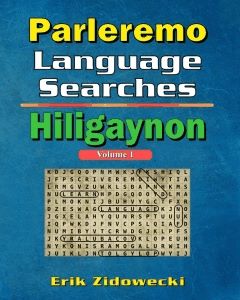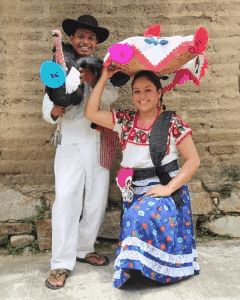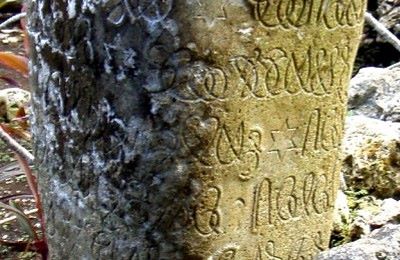13 Fascinating Facts about Marshallese
|
The history and culture of the Marshall Islands is full of multiple levels of curiosity. Between having the largest amount of underwater plane wreckages, having a capital known for roving wild dogs known to randomly attack people, as well as having been America’s nuclear bomb testing grounds, the Marshall Islands does not have the "getaway tourist destination" reputation had by places such as Fiji, Tahiti or Hawaii. What it does have, however, is a national language that is steeped with many layers of rich idiomatic flair. What’s more, you don’t even need to leave the United States in order to hear it spoken as the primary language. Springdale, the fourth largest city in Arkansas, has a thriving Marshallese-speaking community that is one of the city’s defining features. Marshallese music can sometimes sound like a mixture of American country music and Pacific beats, creating a combination that must be heard to be believed. Concerning the Marshallese language itself, there are many things about it worth sharing. This is not a comprehensive look at all of the grammatical features that the language has (because that would take a DAY to fully explain in detail), but the fact remains that Marshallese has many traits that give it an unforgettable flavor. Here are some of them: I've even heard one missionary say that Marshallese "sounds like baby talk". As much as I wouldn't say the same thing, the fact remains that Marshallese is pronounced from the bottom of the chin as well as from the throat, giving it a texture that makes foreigner's eyes bulge the first time they hear it. Vowels are also worth noting as well, as well as the fact that there are multiple orthographies. Even within the same translation memories, you'll see õ and ō being used. They actually both refer to the same sound (ø). Similarly, ñ and ñ are also pronounced like the English "ng" sound, and ã and ā are both pronounced like "æ". 2. Pronouns conjugate, not verbs So take "re" (meaning "they") To indicate a present tense, just put "j" at the end. "Rej" – "they are (currently)". Now take a verb or a noun and put it afterwards and you have a sentence: Rej oktak – they are different Now for the future tense, you put "-naaj" instead. E (he / she / it) + naaj – enaaj Enaaj āinwōt Piter – he will be like Peter For the past, the suffix is "-aar" Kwō (you [singular]) + aar – kwaar = you were This is merely a sample. There are not only some other ones but also variants of the three suffixes provided. 3. While there is Wikipedia in Marshallese, it has been closed for several years due to lack of activity. It is still viewable, however. You can see a sample article here: https://mh.wikipedia.org/wiki/Maj%C3%B5l 4. The many-purposed prefix "ka-" If put before the name of an adjective, it turns it from "adjective" to "causing something to be that adjective" 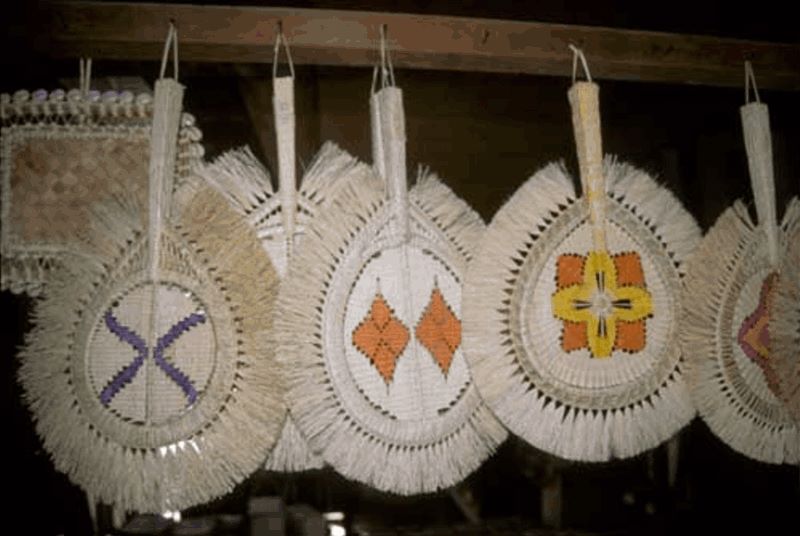 Maat – all gone Erreo – clean If used before animal and plant names, it refers to hunting or collecting them Bao – bird, chicken Waini – coconut 5. The Marshallese J sound is a fairly unique Imagine it as a fusion between the "ch" in the German "Ich" and a Slavic "zh" sound. It is very commonly used. 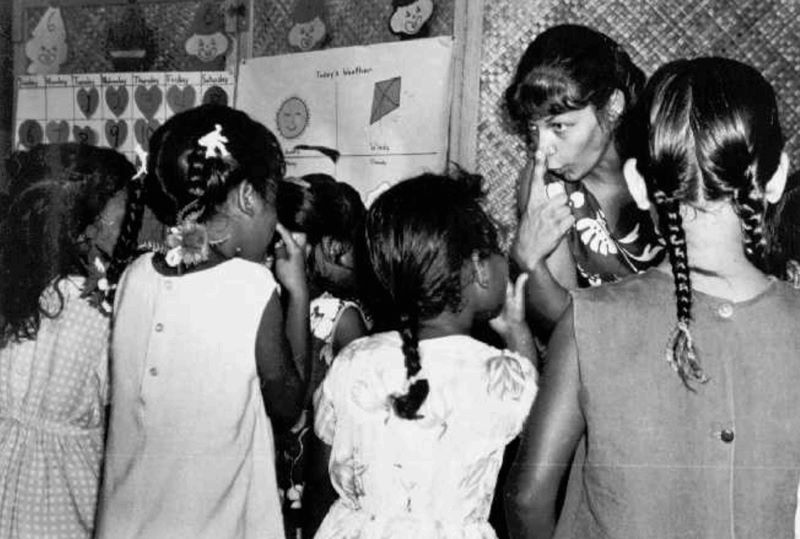 6. Marshallese has a plentitude of English loan words, some of them spelled as in English, others rendered with Marshallese spelling They also tend to be across a large spectrum of recognizeability to English speakers. Some of them, like "wiik", "minit" or "nuujpepa", tend to be fairly easy to spot. Some others are not as easy, such as "jipuun" (spoon), "bato" (bottle) or "jāntōj" (sentence). Like in other languages of former British colonies in the Pacific (such as Fijian), many western concepts and imported items will be lifted liberally from English In some orthographies, English loan words are spelled the way they would be in English, hence some Bible translations referring to Mary as a "virgin" (sic), even in Marshallese. 7. Like other languages of Micronesia, Marshallese's comprehensive vocabulary is stunningly expressive and large.
• abjāje - to carry something tucked under your arm 8. D is pronounced like a rolled R-sound 9. You can listen to Steaming Marshallese for Free! 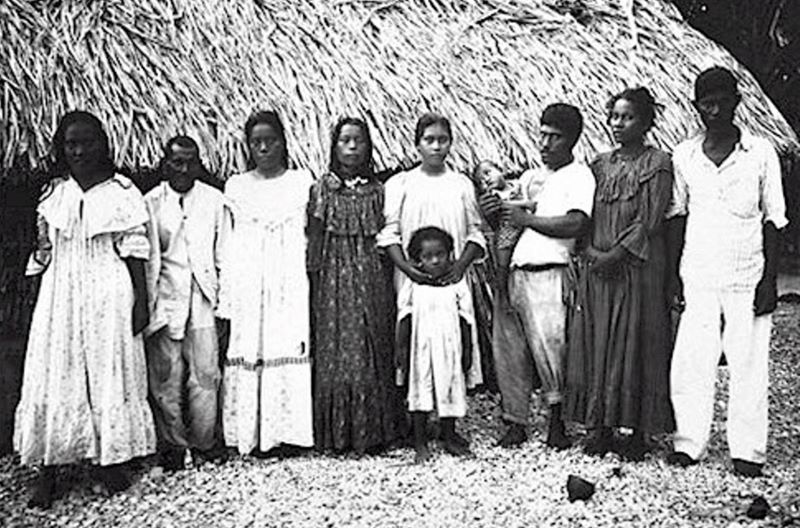 10. Marshallese has unwritten vowel sounds. Hence, "America" would be rendered as "Amedka" in Marshallese spelling. 11. Marshallese has a system of nicknaming people The prefixes "ḷa" and "li" can be put before male and female names in order to make them sound cuter / turn them into nicknames. Alternatively you can also give someone a nickname by putting either of these prefixes before a noun (e.g. an animal or a plant) that they are associated with. So the name "ḷabōb" would mean "Mr. Pandanus Dude". 12. Marshallese has Wonderful and Useful Interjections 13. Marshallese Culture and Language is Accessible Outside of the Marshall Islands Like Never Before Fantastic free books are available online. I consulted all of them for assembling this article and I hope you will continue to explore them: http://www.peterrg.com/Practical%20Marshallese.pdf https://www.livelingua.com/courses/Marshallese/ What's more, many travelers and missionaries have documented their experiences in the Marshall Islands and learning the Marshallese Language on YouTube. Some of these missionaries have even acquired native-like accents as a result of their language studies and relate many aspects of their culture shock with great honesty and humor. For me, even as I myself am a Jew (and I don't really consider myself too religious at that), I found Marshallese culture to be a fantastically refreshing experience, with novel sounds, unforgettable idioms and, like many other cultures of the Pacific, perched ever so wonderfully between ancient traditions and the modern age. Jared Gimbel is an American polyglot of mixed Ashkenazi Jewish and Swedish heritage. He writes about learning rarer languages and successful mindsets at https://worldwithlittleworlds.com/. His first video game, „Kaverini: Nuuk Adventures”, set in contemporary Greenland, is scheduled for a release in late 2019. |
| 13 Fascinating Facts about Marshallese | |||
| Writer: | Jared Gimbel | ||
| Images: | |||
| |||
All images are Copyright - CC BY-SA (Creative Commons Share Alike) by their respective owners, except for Petey, which is Public Domain (PD) or unless otherwise noted.
|
Searching for language resources? Find entertaining and educational books for learning a language at Scriveremo Publishing. Just click the link below to find learning books for more than 30 languages!
| |
comments powered by Disqus
